Some more new HL90s coming this fall! Read more about Angela Allan’s “Popular Culture,” which meets Wednesday, 9:45-11:45.
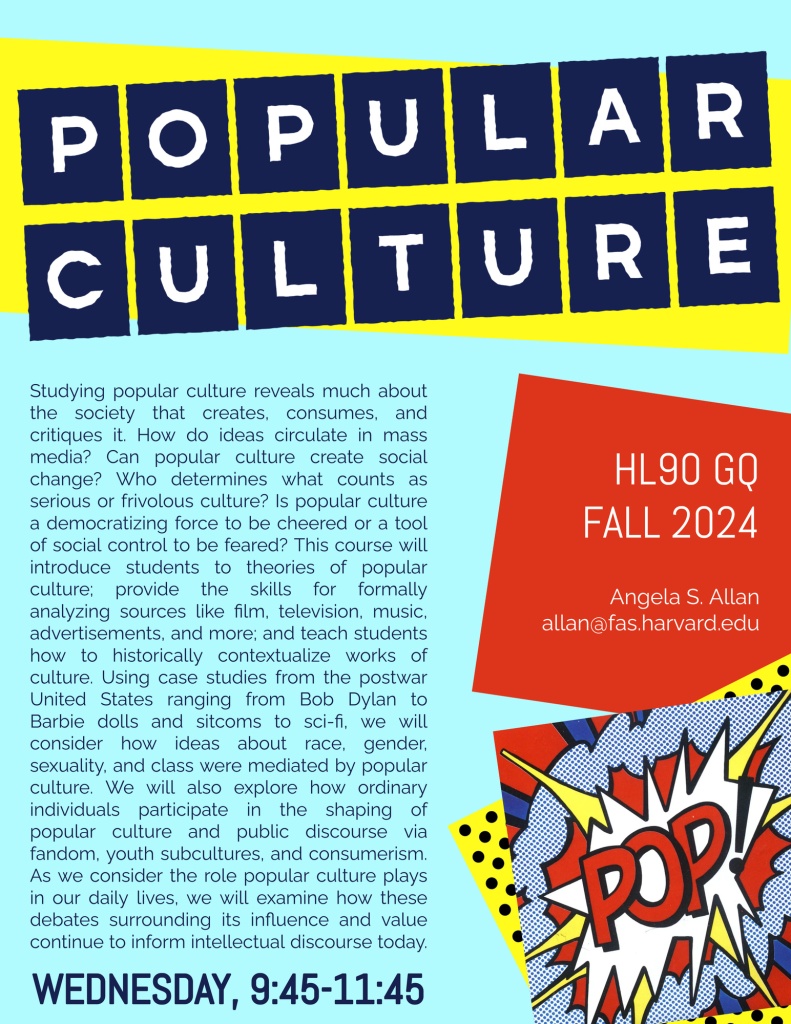
What inspired you to teach this class?
The simple answer is that I really enjoy consuming popular culture! But I really enjoy thinking about it and why it’s popular. While we’re not reading any of the Perry Mason novels in class, one of the things that really struck me is that critic Dwight Macdonald really trashes them in his famous essay “Masscult and Midcult,” but that over 300 million of them were sold and yet most of them are out of print now. They’re fun and easy reads, but what I think is also so interesting about them is how you can see how ideas about law and justice evolved from 1933 to 1970 in subtle ways, even though they’re incredibly formulaic. And because they were so popular, you can see how they would have also helped shape readers’ opinions about big, important things. Popular culture can teach us interesting things, even if they don’t seem “important” as objects themselves.
What’s text are you excited to share with students?
Too many options–I can’t possibly pick! But the great thing about choosing texts for a class on popular culture is that everything was popular at one point in time. But while we’ll be looking at a lot of films, television shows, and comics that have endured because of their popularity, I’m really looking forward spending time with some of the related objects that have largely disappeared (thanks, ebay!). We’ll spend time looking at American Girl catalogs from the 1990s to consider the historical narratives that were being sold to children. We’ll also look at some Star Wars zines from the 1980s to see how people circulated fanfiction and art before the Internet made it easier to connect with fellow fans!
What about recent popular culture?
Students are going to choose the final text of the semester! There are so many places and ways to consume culture that I know there are things that are popular that I’ve probably never even heard of and I’m excited to learn about new things too!
What do you want students to take away from this class?
There’s so much culture available at our fingertips thanks to streaming, and everyone is quick to weigh in with hot takes on social media and the news. I think Barbenheimer is a great example of this from the past summer; everyone had an opinion, even folks who hadn’t seen either film! There is plenty of smart writing about pop culture on the internet, but because of how fast the discourse begins and ends, we’ve really moved to a hot take culture of snap judgments, often in terms of whether something is “relatable” or “problematic.” I hope that by spending time talking about the variety of ways we can approach popular culture from a scholarly perspective, we can think about how things that might seem silly or frivolous are sites for really rich discussion.
So any recommendations for the best pop culture right now?
I’ll take recommendations myself! I have really eclectic taste and actually like a lot of older things. I’m going to an ELO concert with my dad later this year.
How can students learn more?
You can take a look at the Canvas page or send me an email!

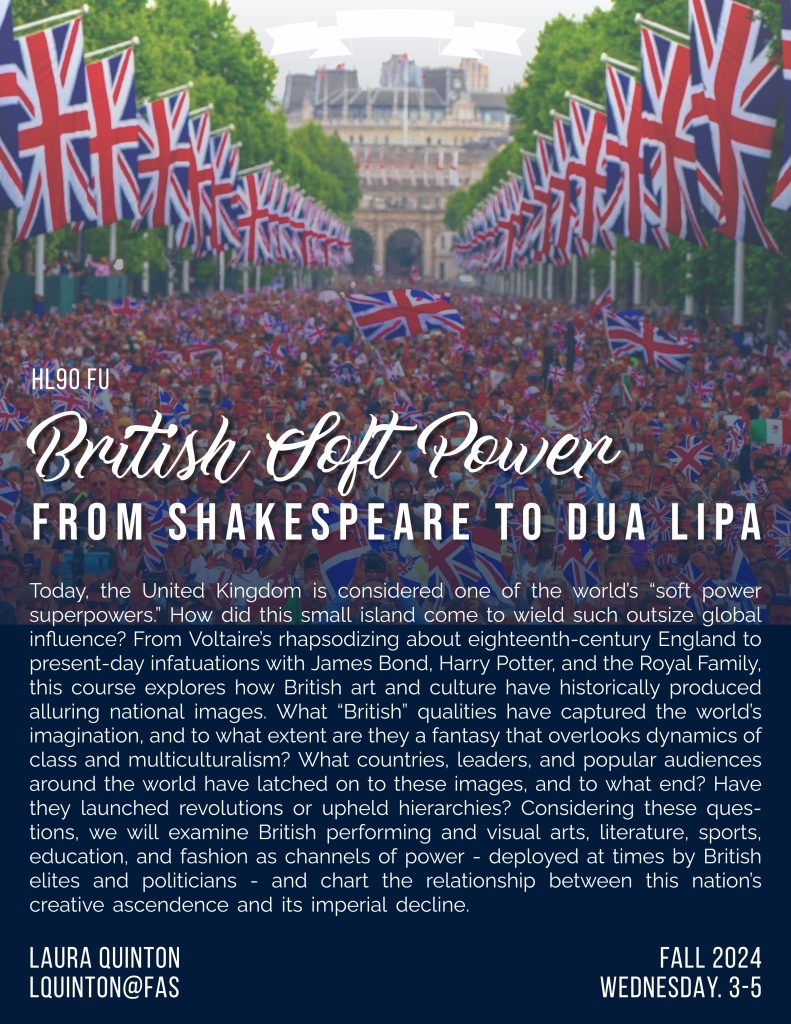
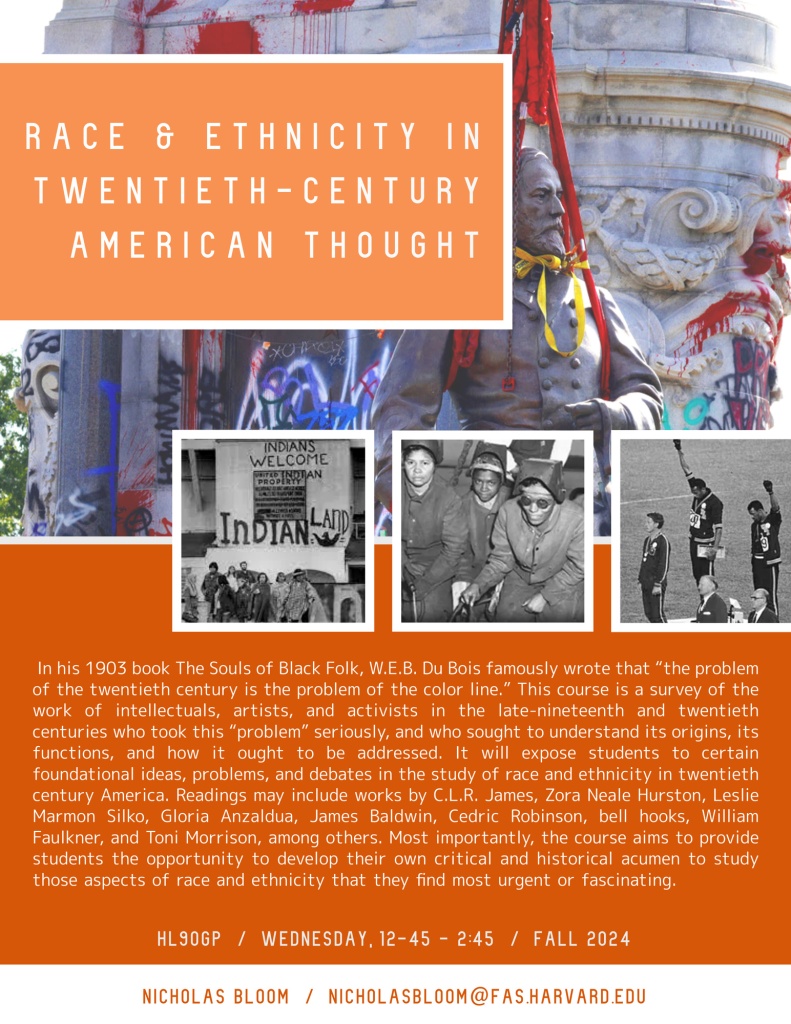


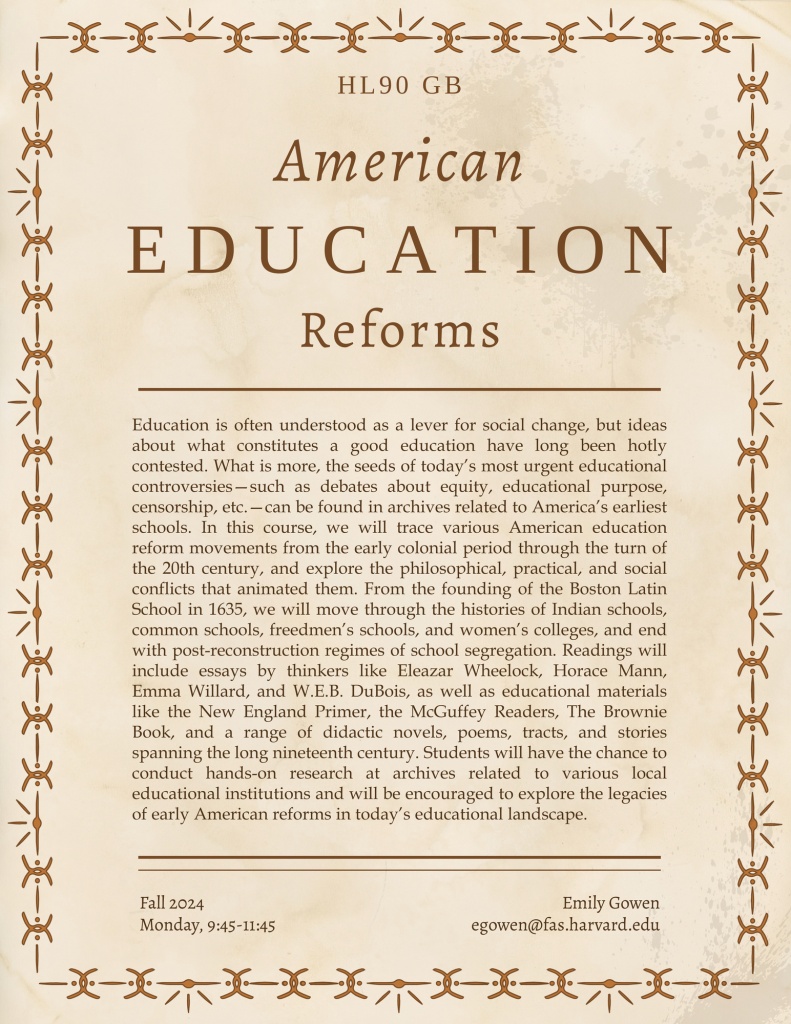
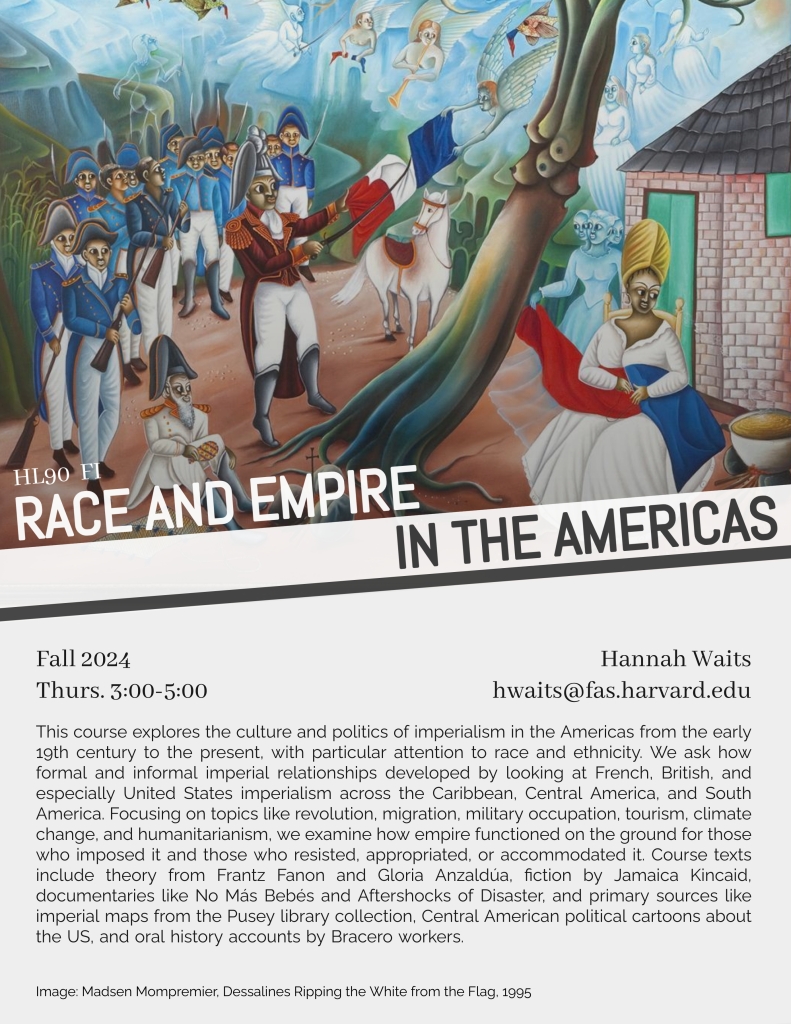


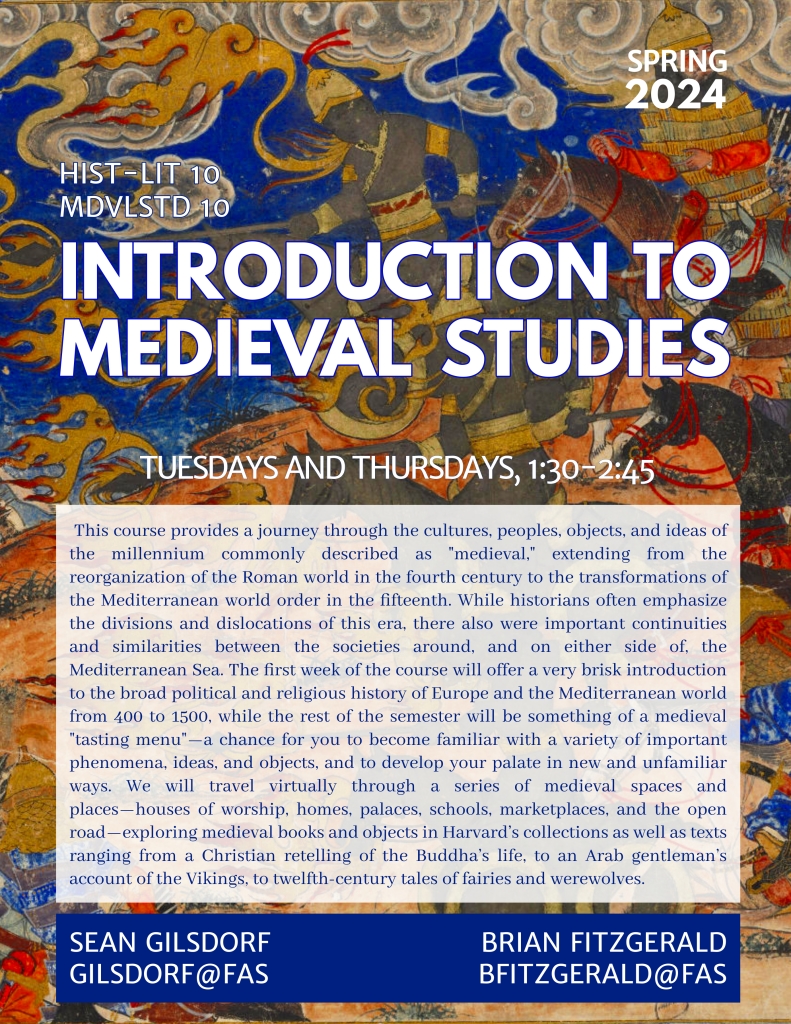
You must be logged in to post a comment.